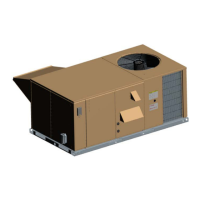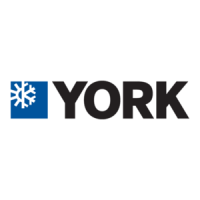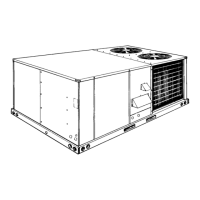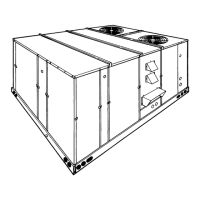
 Loading...
Loading...
Do you have a question about the York SUNLINE DCG Series and is the answer not in the manual?
| Refrigerant | R410A |
|---|---|
| Series | SUNLINE DCG Series |
| Energy Efficiency Ratio (EER) | Varies by model |
| Coefficient of Performance (COP) | Varies by model |
| Indoor Unit Dimensions (HxWxD) | Varies by model |
| Outdoor Unit Dimensions (HxWxD) | Varies by model |
| Indoor Unit Weight | Varies by model |
| Outdoor Unit Weight | Varies by model |
Critical warning on gas and flammable materials.
Critical safety steps before starting installation.
Codes and standards for installation compliance.
Required distances for operation and service access.
Requirements for plumbing the condensate drain line.
Specifics on installing field-installed electric heaters.
References for economizer and power exhaust installation.
Procedure to set the minimum damper position.
How to set the enthalpy set point for economizer control.
Procedure for setting the power exhaust damper.
Detailed steps for adjusting belt tension.
General overview of unit operation logic.
Detailed steps for unit operation in cooling mode.
How the system handles cooling malfunctions.
Operation during low ambient temperature conditions.
Operation for single and two-stage electric heat.
Pre-startup, operating, and post-startup checks for cooling.
Pre-startup checks for gas heat operation.
Post-startup checks for gas heat operation.
Guide for diagnosing and resolving cooling system issues.
How to troubleshoot using flash codes.
Troubleshooting the ignition control board.
Troubleshooting the rollout switch.











